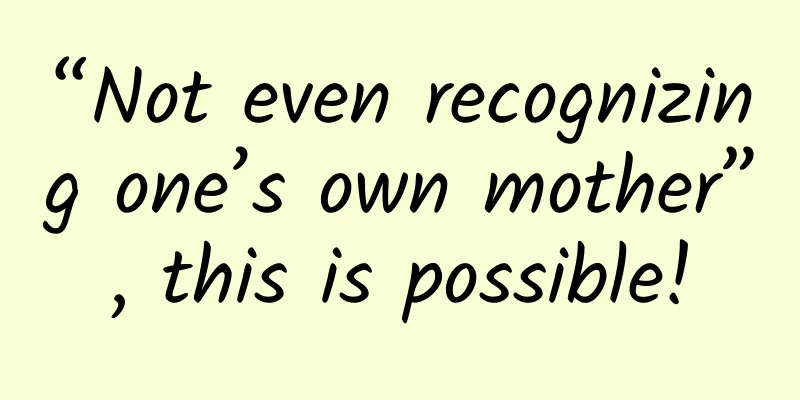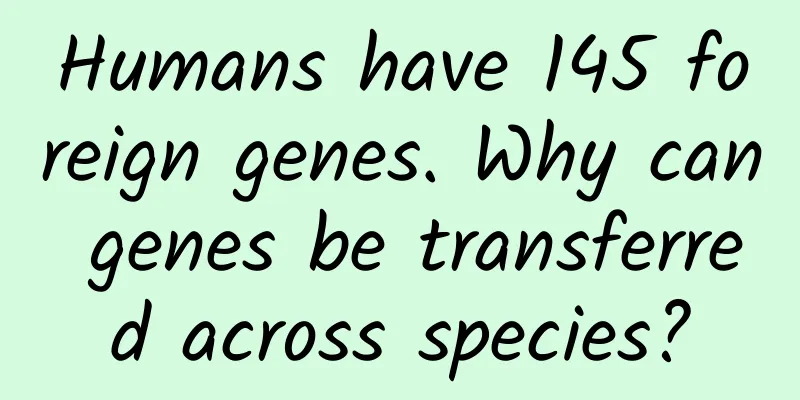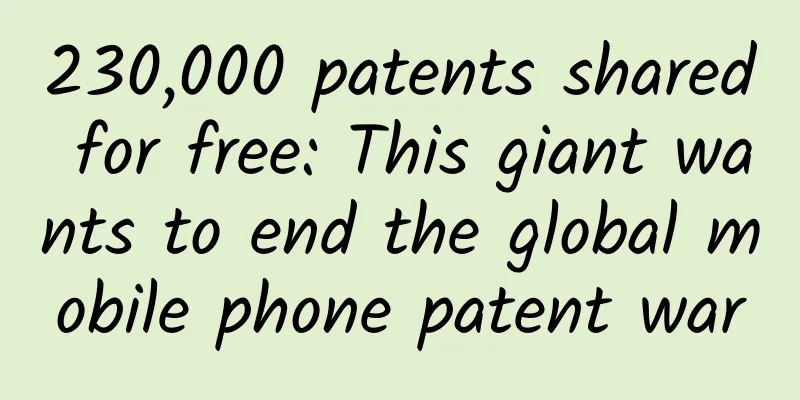“Not even recognizing one’s own mother”, this is possible!

|
Audit expert: Yin Tielun Deputy Chief Physician, Department of Neurology, Airport Branch, Peking University Third Hospital Have you ever had this experience: you suddenly meet a friend on the street, but you can't remember who the other person is in an instant. When facing the person who calls himself a "friend", you can't recognize whether he is your friend by his facial features and face, but can only confirm by his voice, hairstyle, coat and body shape. Many people joke that they have "face blindness". Source: Sohu In fact, face blindness is a common disease. It is reported that 2%-3% of the world's population suffers from face blindness to varying degrees, which means that one in every 33 people in the world will be affected. What is prosopagnosia? Prosopagnosia is a disease that causes the inability to perceive the features of objects. It is not just about being unable to recognize faces, but even computer-generated 3D models. There are several types of face blindness: >>>> Facial recognition disorder When these patients are shown photos of faces, they can recognize the locations of people's facial features, but cannot accurately identify their appearance or integrate them. However, these patients can accurately identify other human organs. Source: pexels >>>> Object recognition disorder This type of patient cannot recognize objects. Different patients have different recognition disorders. For example, some patients cannot recognize the characteristics of animals, and some patients cannot recognize the characteristics of musical instruments. >>>> Visual Perception Disorders These patients cannot distinguish between different photos of the same face, but their color vision is normal. They often have difficulty distinguishing directions, recognizing places, and learning non-verbal materials. They have a more advanced visual perceptual disorder. >>>> Memory impairment Such patients have poor memory for faces and therefore cannot recognize the faces of familiar people, but can recognize acquaintances from other feature information. How does the brain recognize faces? Many of the electronic devices we use in our daily lives have facial recognition capabilities, and what machines learn is the human body’s own facial recognition mechanism. When people recognize other faces, they do so by processing information in the face-specific area of the brain. When seeing different faces, the face-specific area of the brain will cause different groups of cells to respond synchronously. Different synchronous combinations of cells represent different recognition objects. For example, one group of cells represents double eyelids, another group of cells represents single eyelids, another group of cells represents round face, another group of cells represents oval face, etc. When facing a face, these different groups of cells are arranged and combined in different ways, thus showing the appearance of this person in the mind. Source | Baidu Image Library When the brain identifies a familiar face, the person will remember the characteristic information about the person, which will then cause the brain to like or dislike the person. This shows that when the visual system transmits information to the face-specific area in the brain, it also transmits the information to the area in the brain that remembers emotions. In this way, the recognition of a person is completed. Causes of face blindness There are two causes of disease: one is congenital, such as carrying the disease gene; the other is the influence of the acquired environment. Most diseases may have two causes at the same time, and the same is true for prosopagnosia, which may be caused by congenital genetic factors or acquired due to a blow to the brain. Source: pexels But whether it is congenital or acquired, the root of face blindness is in the brain. Damage or imperfect development of the area of the brain that recognizes faces can lead to face blindness. Studies have shown that abnormalities in the connection of the face recognition area can also lead to face blindness. Source: unsplash People with hereditary prosopagnosia have been suffering from facial recognition disorders since birth. Some of them also have other neurological diseases, such as Alzheimer's disease or autism. Acquired prosopagnosia is caused by damage to the area of the brain related to face recognition, such as stroke, brain impact, etc. These patients have different symptoms according to the degree of brain damage. They may not recognize familiar people or completely strangers. Source: pexels The treatment of prosopagnosia mainly compensates for face recognition impairment through intact information, but there are few effective rehabilitation methods and further research is needed. Why is the prevalence of prosopagnosia so high? Congenital face blindness is actually very common, but this disease is not taken seriously and is rarely detected and diagnosed. In 2006, German researchers drew the first face blindness map. The researchers found that face blindness is hereditary and highly hereditary. A survey conducted in the United States showed that 5 million people in the United States suffer from face blindness of varying degrees, and about one in fifty normal people suffer from face blindness. Recently, British and American scientists have also shown that about one in every 33 people in the world suffers from face blindness. Although these patients cannot recognize faces, they can distinguish people's gender, emotions or other body features. Through these features, face blindness patients can recognize familiar people, so face blindness does not actually affect people's normal life. This is why face blindness, with such a high prevalence, has not been widely recognized until today. In addition to face blindness, there are also people who suffer from facial recognition dysmorphia , which means that they "see" other people's faces growing things that do not belong to human faces, or "see" people's normal facial features become distorted. There are also super recognizers among humans, who can accurately identify suspects in hundreds of photos, even when the suspects have changed their hairstyles or shaved their beards. There are many things in the world. Although people with prosopagnosia cannot accurately identify facial features, they can still recognize other physical features or voices. They can still recognize familiar friends and relatives through height, voice, hairstyle, clothing and other details. |
Recommend
How much does it cost to recruit investors for Dingxi's designated driver app?
Dingxi designated driver mini program investment ...
Guangzhou financial accounting applet development function, how to make a financial diary applet?
With the economic downturn, many people have begu...
After studying the 5 subway screen-swiping incidents, I found an interesting thing
The subway is very busy this year and is often po...
A15 wins first place, but cannot cover up Apple iPhone's problems
The iPhone 13 arrived as expected, but the new fe...
Deloitte: Global Healthcare Industry Outlook 2024
Deloitte released the "Global Healthcare Ind...
How much does it cost to join the Wenzhou Driving School Mini Program? What is the price for joining the Wenzhou Driving School mini program?
Why join the WeChat Mini Program Development Comp...
Touch Technology's Chen Haozhi: Seize the market and build an ecosystem for common development
On October 28, the Cocos 2014 Developer Conferenc...
How does a P2P platform choose high-quality channels?
As we all know, the cost of acquiring P2P custome...
SpaceX monopolizes the moon landing contract, Blue Origin sues NASA, will the plan to return to the moon fail?
NASA (National Aeronautics and Space Administrati...
Google's modular phone is revealed, launch date still to be determined
If you've ever imagined picking out the indiv...
The high-tech luxury MPV Roewe iMAX8 will be officially launched on October 31st. Your private luxury first-class cabin is ready.
It’s almost there! It’s almost there! The “top in...
Analyst Benedict Evans: What changes will happen to the mobile ecosystem in the future
Editor's note: The development of smartphones...
The future of autonomous driving has arrived. The era of unmanned taxis and trucks will begin as early as 2020
Autonomous driving is not something that is out o...
Chinese home appliances are transforming, while Japanese companies are changing their ways
In recent years, while Chinese home appliance com...
2021 Second-level Construction Engineer "Construction Engineering Regulations and Related Knowledge" Basic Lecture Video Tutorial
Course objectives: Those with no basic knowledge ...









